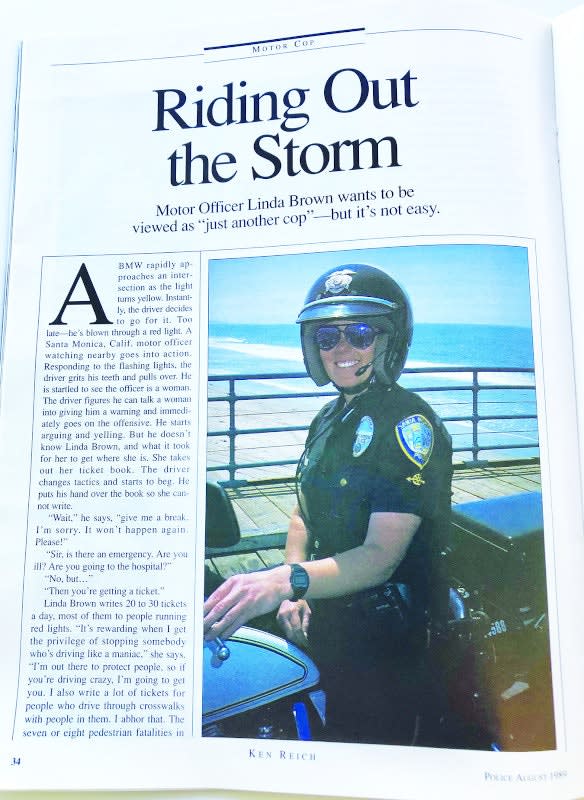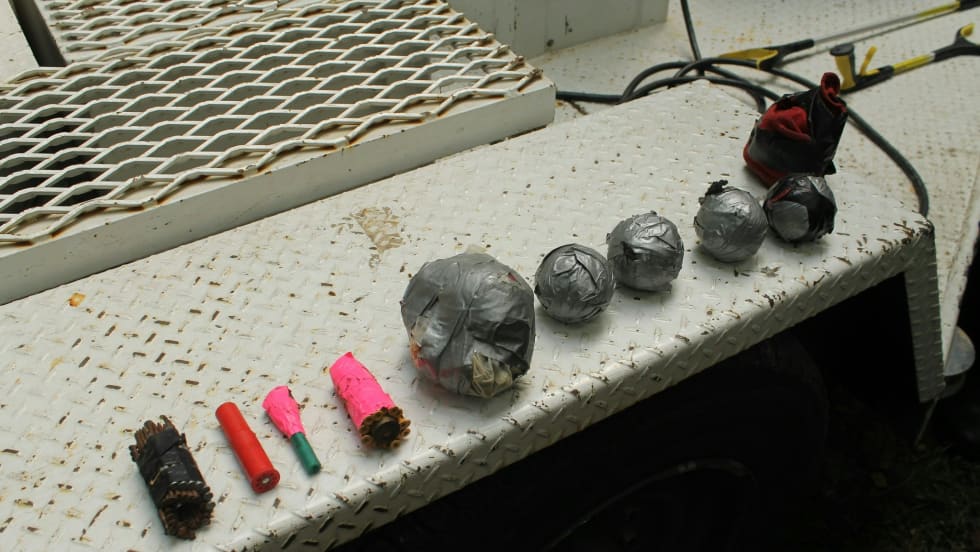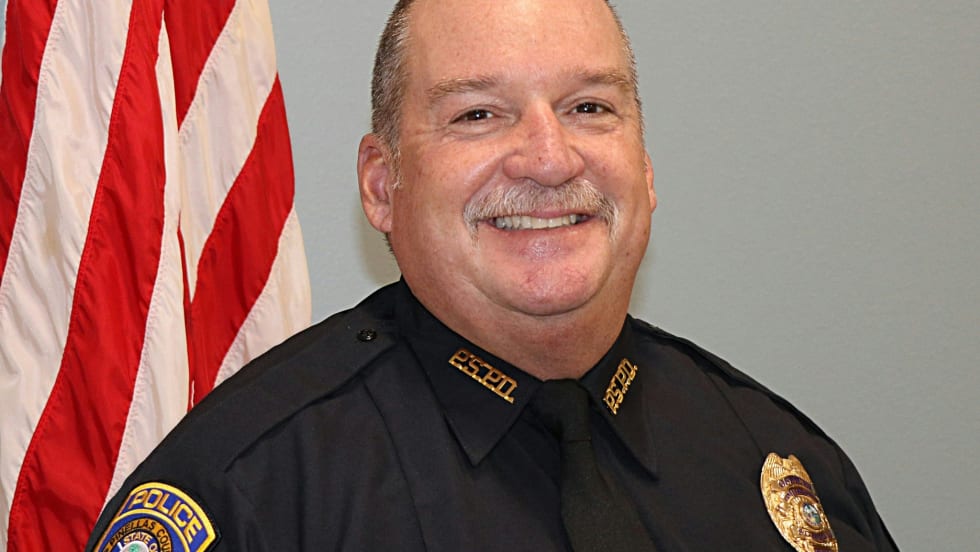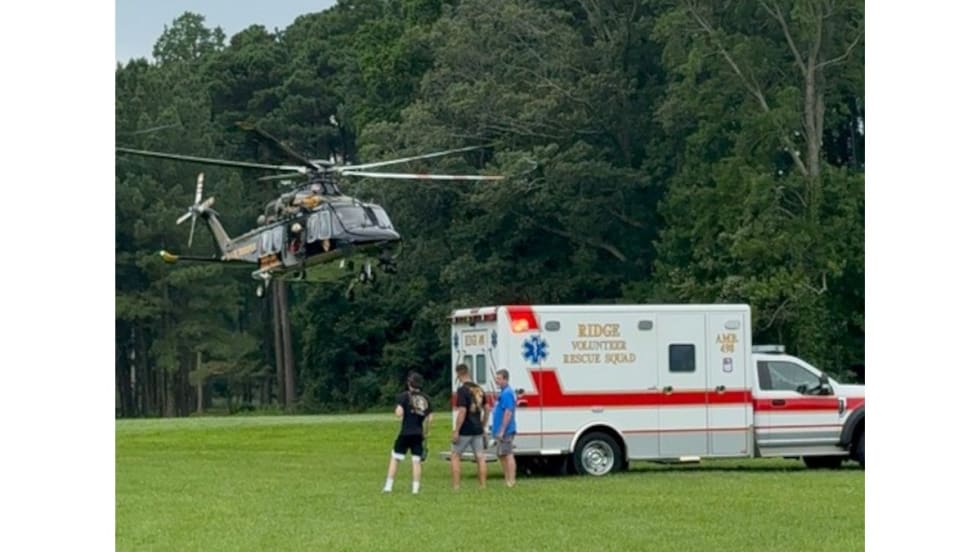Here’s a look at the pages of POLICE Magazine 10, 20, and 30 years ago.
1989
In past August issues, POLICE has covered how to investigate children’s burn injuries, efforts to hire female officers, and one woman’s experience as a motor officer.

Patrol Response To…Child Burn Investigations
Photo: magazine scan
Here’s a look at the pages of POLICE Magazine 10, 20, and 30 years ago.
1989
Riding Out the Storm

Riding Out the Storm: profile of Motor Officer Linda Brown
Photo: magazine scan
This profile of Motor Officer Linda Brown details her efforts to join law enforcement and then further prove herself by becoming and working as a motor officer with the Santa Monica (CA) Police Department.
She said when she stopped women for traffic violations they tended to give her the hardest time, but that many men weren’t too nice to her either, just because of her gender. “Brown would like to see another female working on the Santa Monica motor unit but most of the female officers she has approached have been apprehensive,” the article says.
Brown said she didn’t see herself as a pioneer, but she felt she had earned her place on the motor patrol and that she had accomplished her goal of gaining fellow officers’ respect. “I really only want to be treated as just another cop, and I think I’ve achieved that,” she said. “Now my motivation is, ‘What’s the next challenge?’”
2009
Patrol Response To…Child Burn Investigations
Investigating any crime against children is emotionally taxing for law enforcement officers. They want to help protect these innocent victims. “Deliberate injury caused by burning often goes unrecognized by police,” the article opines. But the goal of the article is to change that. As the deck says, “If you know what to look for, you can stop a parent, guardian, or caretaker from torturing a child.”
Tips include looking for multiple burns across the body and observing whether they are at different stages of healing or accompanied by bruises. Any of these could be signs of intentional injuries inflicted on the child. It’s just as important to look for signs that the burn injury was accidental. Usually, an accidental burn will have an irregular pattern and be more shallow, compared to intentional burns that will be more clearly defined and deeper.
1999
Recruiting Women: Are We Doing Enough?
This article opens with the quote, “Women can do this job,” from Donna Milgram, executive director of the Institute for Women in Trades, Technology and Science. The article goes on to say that such a statement “would have been met with skepticism by many in law enforcement 20 or more years ago,” meaning 1979 or before, but that skeptics, including many police chiefs, had since been convinced.
One rural police chief who admitted to changing his tune said the only problem he had with women being officers at this point was attracting a large enough pool of qualified candidates. He said the most highly qualified men and women were taking higher paying jobs in metropolitan areas. And despite intensifying efforts to reach out to women in particular, departments across the country were also having difficulty enticing women to join their ranks, and retaining them.
That sounds pretty familiar. Recruiting female officers is clearly still a work in progress.

Ford Pro™ meets the needs of law-enforcement agencies
Read More →
Discover how one police department cut crime nearly in half using smarter patrol data. This whitepaper breaks down the real-world strategy behind a 46% drop in vehicle thefts, improved officer safety, and stronger community visibility.
Read More →
Over the next two years, the Ohio DFR Pilot Program will equip municipalities with advanced drone systems, deliver comprehensive training for first responders, and enable FAA-approved Beyond Visual Line of Sight operations.
Read More →
A motor officer, Sgt. Caleb Eisworth was on his way to participate in a funeral escort when he was struck by another vehicle.
Read More →
Inside the bedroom officers found what they believed to be an IED. The officers evacuated the house and called for the Chattanooga Police Bomb Squad and ATF agents.
Read More →
Sergeant Greg Graff was “preparing school leaders for the upcoming year during a safety training program at Clearwater High School,” the school district said.
Read More →
ATF Special Agent in Charge Kenny Cooper said definitively that only one grenade detonated at the facility on July 18.
Read More →
LASD said Detective Joshua Kelley-Eklund, Detective Victor Lemus, and Detective William Osborn who were all assigned to Special Enforcement Bureau’s Arson Explosives Detail were killed in the incident.
Read More →
The Maryland State Police Aviation Command Trooper 7 crew, the MSP helicopter based in California, Maryland, were monitoring the county dispatch radio, overheard the dispatch, and self-launched.
Read More →
At press time the names of the deputies had not been released. Sheriff Robert Luna said one had served for 19 years, another for 22 years, and another for 33 years.
Read More →